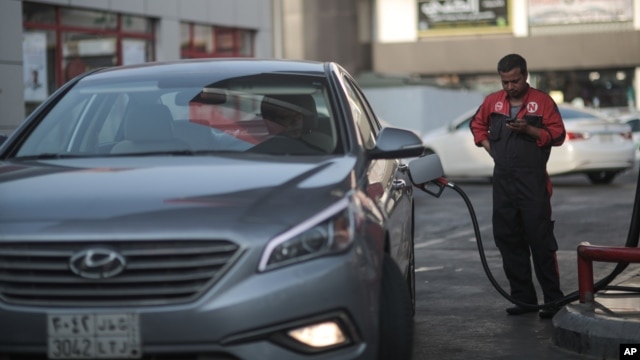BuckToothMoron
Gold Member
- Apr 3, 2016
- 9,895
- 1,898
- 290
Oil prices have always been manipulated. From Drake(1859) to Opec(1971) oil prices were kept artificailly low by the major refiners becuase their refinery margins are better at low crude oil prices than high. For the record Exxon is a net crude oil buyer not a seller, they only make money by selling gasoline. In 1971, we had the first Arab oil embargo and then the price was made artificially high when OPEC was able to restrict production and create an under supply situation. Then oil began trading as a commodity in 1981, yet the supply was still short. The first time in history that the market actually reflected the true price of oil was 1986 when prices dropped from around $40/bbl to less than $8/bbl. At that time supply was close to 75 mmbopd versus demand of around 55 mmbopd. Prices stayed low until the 1990's as consumption increased 2 mmbopd/year while the production side was in a depression and created no new supply. Just a little history, sorry.
Goldman and 3 or 4 hedge funds control about 60% of the market trades on the CME. They were caught a few years back making 100,000,000 barrel 24 hour round trip trades to insure their position. In an over supply situation the speculators will control prices not OPEC.
OPEC has lost their big stick or at least had it shortened with the increase production from N. America. That coupled with slow economic conditions across most of the world has stifled their influence. Ever heightening tension between Saudis and Iran doesn't help OPEC either.






